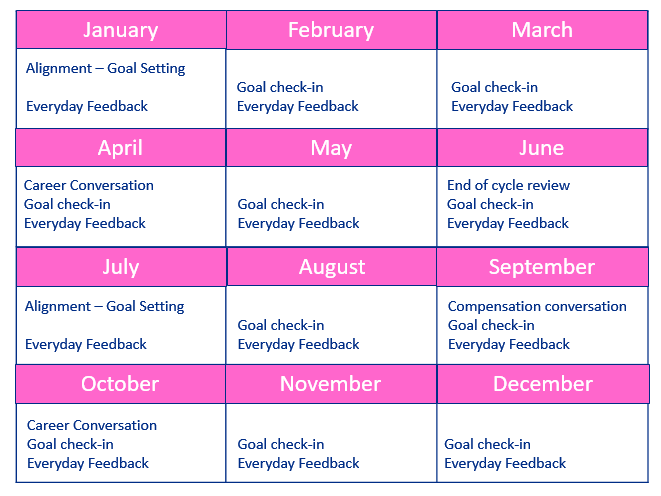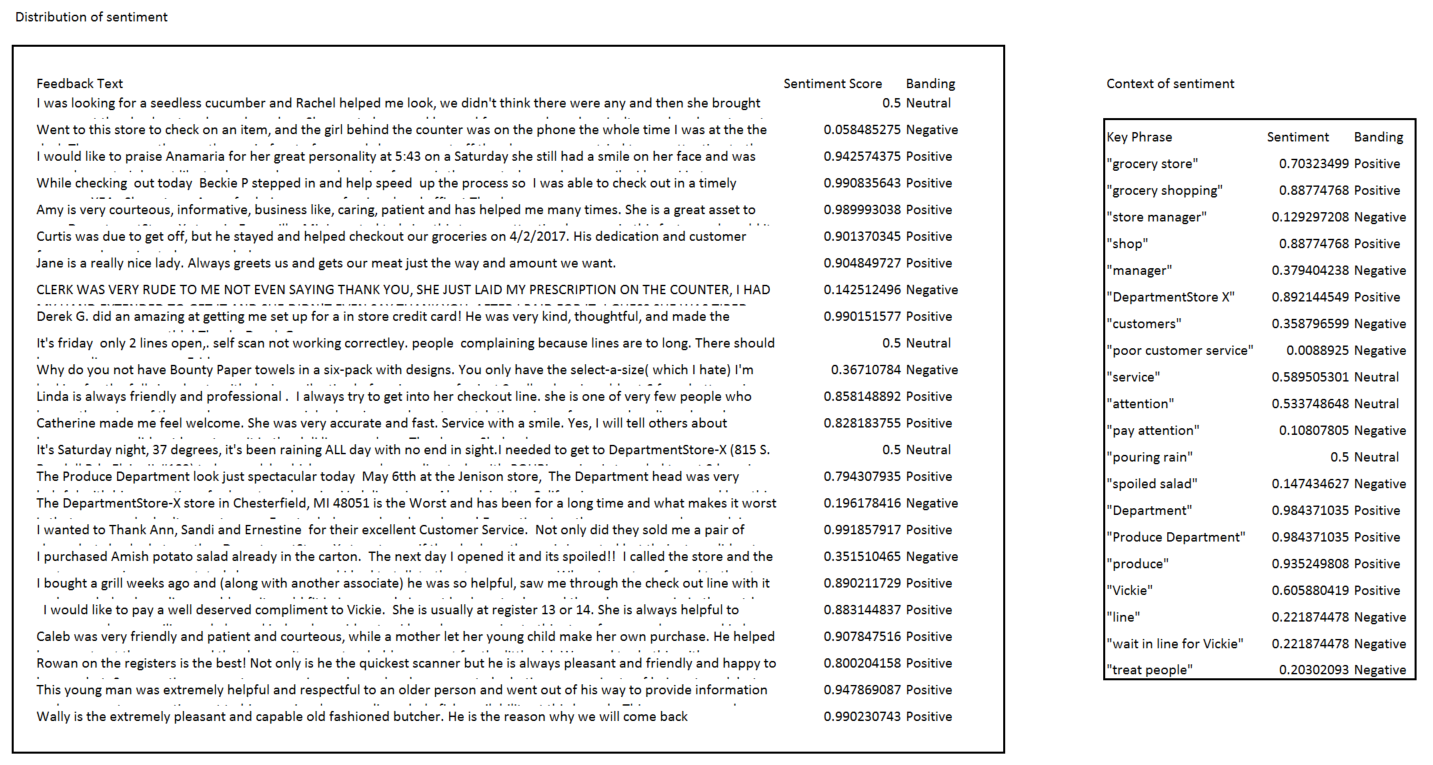
Have you noticed on your road trips how the radio stations all seem to have the same playlists and repeat the same tunes over and over again?
Initially, it might be engaging but after a while the soundtrack becomes unberable. What used to capture our interest and keep us engaged fades into background noise, or worse we might just turn off the music all together.
The same can be said of some coaching conversations!
Our job as leaders is to get the coaching rhythm right by balancing reinforcement of key messages with enough variety to avoid monotony, to keep our audience tuned in to our channel, moving with the beat, and fully participating in the talkback sections.
Fortunately there are some techniques to help us become expert DJ's crafting a engaging playlist. It's all about the mix, so if you have aspirations to be the Calvin Harris or David Guetta of peak performance, read on.
Mixing
Whilst you want your coaching conversations to be regular they should never become a chore, a replay of what's been said before, or so superficial that either party could think of a better use of their time.
The secret to this is to change the focus of conversations, and to avoid jumbling everything up into one.
There are no set rules around the variety of conversation types (we know of companies with 30+) though our experience bears out what David Rock of the NeuroLeadership Institute advises, that there are at least 6 types of conversation your people will want to have.
- Goal Setting
- Everyday Feedback
- Regular check-in's against goals
- End of cycle reviews
- Compensation conversations
- Career conversations
To provide certainty and equity, your organisation might help its leaders by setting expectations of when these topics will be discussed. If not we recommend individual leaders do this with their team so that there is common understanding of how to engage.

Creating a conversation calendar sets expectations for when different types of conversation will happen and achieves Certainty and Equity for people to engage around
Chart topping
For your coaching conversations to be a hit with your people, they need to be quality conversations.
What does that mean?
A quality conversation might be tough, easy, natural, awkward, face to face or over skype, held in one sitting or several, one to one or with many, but none of these characteristics define it.
In our view the characteristic of a quality conversation versus any other kind is that it provides insights, and that there is agreement as to how those insights will be actioned.
Even better than finding this simple way to spot quality conversations is that quality conversations can be measured.
You can measure by asking stakeholders to assess if the conversations are valuable, or even more directly if they are the best use of their time.
If you use a system of engagement such as Pay Compliment to record conversations, you can also indirectly measure the quality by analysing the sentiment of the conversations.
Measurements get you into a position where you are able to manage your direction toward a culture underpinned by competency in conversing, and conversation habits.
In the absence of really knowing what's being said, between who, after the initial novelty and enthusiasm of your performance management changes have worn off, it's likely people will fall back into the comfort of radio silence up, down and across the organisation, hoping that no-one will notice (which is often the case until the exit interviews highlight the issue).
Adjusting the balance
Sentiment analysis is also useful for balance.
Remember the flourishing zone of 6-8 positive conversations to each negative from Episode 3 of our journey? Having the analytics around sentiment helps with staying in that zone.
A neutral conversation typically provides little insight or motivation, so we don’t want to see too many of those.
A positive conversation might be creating a sense of progress, affirming a change in behaviour that's noticed, celebrating a milestone, expressing gratitude, building connections and so on. Overdoing any or all of these can dilute their potency so we need to be deliberate, realistic, authentic and equitable with these.
A negative conversation might be critical, adjusting or corrective. Of course that shouldn't be presented in a non-constructive way, but the crux of the message is something is not OK. These are the most difficult conversations to have, and hence most likely to be avoided, sandwiched inside positives, or opaquely expressed, so we need to find ways to make sure they actually happen.
Check out the following data which is consumer feedback for a grocery store.
We've truncated and redacted it to maintain sufficient privacy but the sentiment scores are based on the entire text. In this case sentiment scores show that for the organisation as a whole, feedback is too negative to hit the 6:1 ratio that is needed for high performing teams, and the context analysis shows the subject of the positive and negative sentiment.
In the same way that we have analysed consumer feedback here, we are providing analysis of internal feedback to clients which can then be sliced and diced by gender, geography, seniority, job function and so on.

This type of analysis can tell us (amongst many other things)
- Who is always critical of others?
- Who is overdoing it with praise?
- Who is abstaining from giving feedback entirely?
- Who is feedback starved?
- Who is struggling?
- Who is being celebrated as a high performer, yet getting no stretch in order to progress?
Do you know these things about your people?
Is what you know based on observation or hearsay?
What would you like to know, that you don't know today?
When we know sentiment, we can get the balance of feedback right. At the organisational level we can put the necessary learning and development in place through an overview of what's needed in general, and at the individual level we can raise awareness of patterns of behaviour so there is personal understanding of what's needed specifically to improve.
Pumping up the volume
Summing up, if you want your coaching conversations to have maximum impact there are 3 things that will keep people tuned in
- Focus each conversation on one conversation type, and over time cover the six key types of conversation that people expect to have
- Keep conversation quality high by seeking insights and agreeing actions so that each stakeholder benefits from the time they've spent
- Balance the tone of conversation to ensure positive and negative feedback don't drown each other out
Like the equalizer on your amplifier, feedback analytics make this measurable and allow you to see the impact of changes from a position of fact based data versus speculation.
The team at Pay Compliment are excited by the feedback analytics we're providing to our customers.
We'd welcome a conversation about how feedback dashboards and real time people analytics might benefit you on your journey to agile performance management.